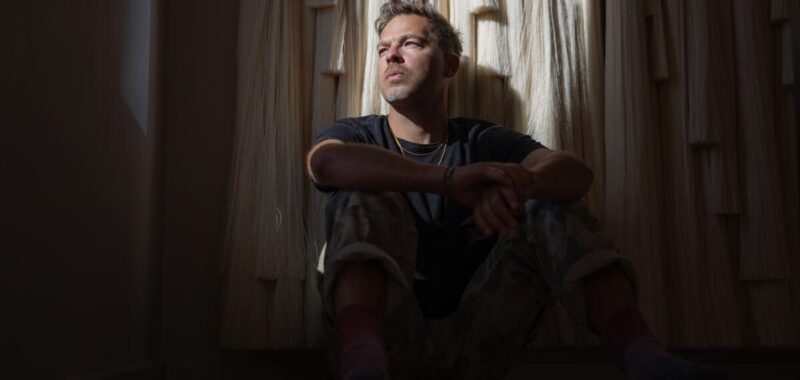
In 2018, I went to Oklahoma City to visit the memorial to the victims killed in the bombing of the Alfred P. Murrah Federal Building. There, in 1995, a 26-year-old Gulf War veteran lighted a fuse inside a rental truck packed with 5,000 pounds of explosives and killed 168 people, including 19 children in the second-floor day care.
I was 15 when Timothy McVeigh committed what is still the deadliest act of domestic terrorism in U.S. history, but I’d only recently become interested in how he and other White Men in America were radicalized against the federal government and drawn to private militias with violent, racist ideologies.
It can be hard to remember now, but seven years ago, it was still surprising to see white supremacists marching publicly on the streets of Charlottesville, Va., chanting “Jews will not replace us.” And it was during that naive period of shock that producer Bryan Haas and I started researching the American militia movement. We were looking for a story that might explain how we’d gotten here, and we found a crazy one in that museum in Oklahoma City.
One of the first exhibits you see when you enter the bombing memorial is of a book called “The Turner Diaries.” It’s the fictional account of a group of white supremacists called the Order who wage a race war against the U.S. government. They counterfeit money, rob banks and armored cars, assassinate prominent Black and Jewish Americans, and incite an armed revolution that goes all the way to the Capitol. They also blow up a federal building using a rented truck packed with explosives.
This book is where McVeigh found his blueprint, but it landed on his radar because a decade before him, another young man had also tried to make that fictional book a reality. His name was Bob Mathews. I didn’t know his story at all, but it turned out to be the exact, awful starting place we were looking for.
“The Order,” the script I ended up writing, which was directed by the incredibly talented Justin Kurzel, tells the story of Mathews, a 25-year-old, charismatic ideologue who, in the early 1980s, led a group of white supremacists in the Pacific Northwest on that very same race war. Inspired by the doctrine in “The Turner Diaries,” Mathews’ group, which he also called the Order, pulled off the biggest armored car heist in U.S. history and used the cash from a series of robberies to fund domestic terrorist attacks and assassinations. Its most infamous crime was the 1984 murder of Alan Berg, an outspoken, liberal, Jewish radio host in Denver. Mathews and his men followed Berg home from his radio station one night and shot him 12 times with a MAC-10. (Marc Maron plays Berg in the film.)
I knew a bit about Alan Berg’s murder, mostly that it had inspired Eric Bogosian’s great play “Talk Radio.” But I didn’t know, until I started this project, how closely it was connected to my own life. My wife grew up in Denver, and it turns out her family knew Alan Berg well. My father-in-law bought his car in the ’70s and his sister had dinner with Alan and his ex-wife on the night Alan was killed. Mathews and the hit men were parked in a car across the street from the restaurant, watching them eat, that MAC-10 in their lap.
Berg’s murder investigation began in Denver and became one of the largest manhunts in FBI history. The agents who tirelessly investigated Mathews’ crimes make up the other half of the movie.
With that classic structure, Justin, Bryan, star Jude Law, all the filmmakers and I aspired to make an old-school crime thriller in the vein of “The French Connection” or “Prince of the City,” full of car chases and bank robberies and shoot-outs that would hopefully be as viscerally entertaining as it was terribly relevant.
Bryan optioned a very good book called “The Silent Brotherhood,” which was written by two Denver Post reporters who chronicled the Order, and I used that for the basis of my research. (In another coincidence, one of the authors sat on the Denver City Council with my mother-in-law.)
Most of what’s in the film, especially the crimes and insidious ideology Mathews espoused, is, unfortunately, factual. Not the most fun stuff to research or write, but in trying to understand how we got here, it felt important to be accurate about where we’ve been.
All in all, I worked on the script for over five years and, after we’d found financing, spent many more months working with Justin to shave what at one point had been a 150-plus page script spanning a dozen states and hundreds of locations and characters down to 100 pages. It was a tough movie to get financed.
Over those years, I thought back a lot to that trip to Oklahoma City and the naivete and anxiety that started this project. I remember how urgent I thought it was then to get this film made. That was almost seven years ago. Unfortunately, I worry it’s even more relevant now.

